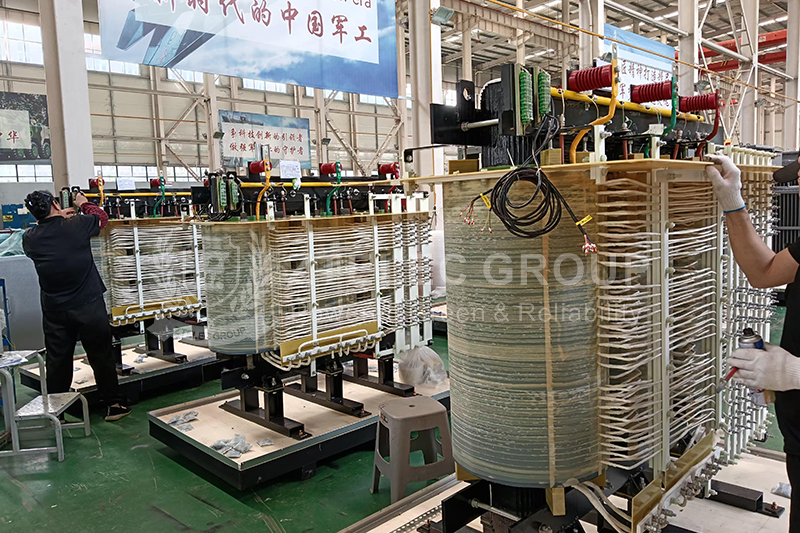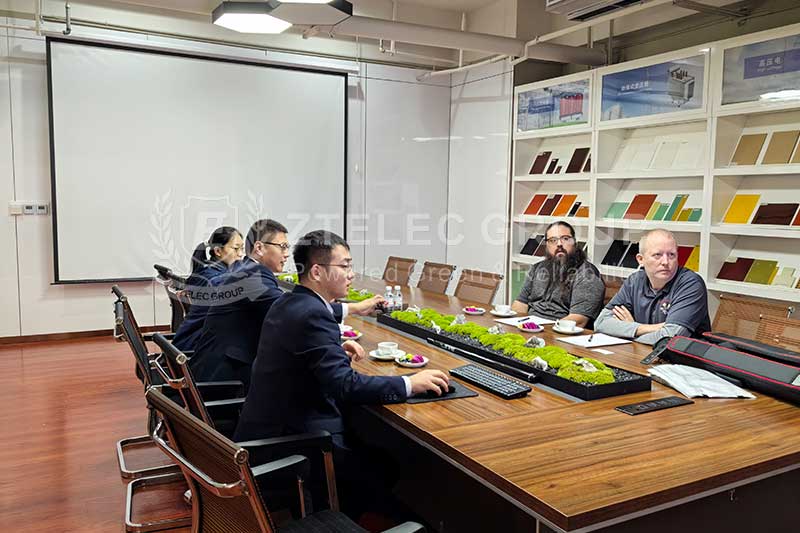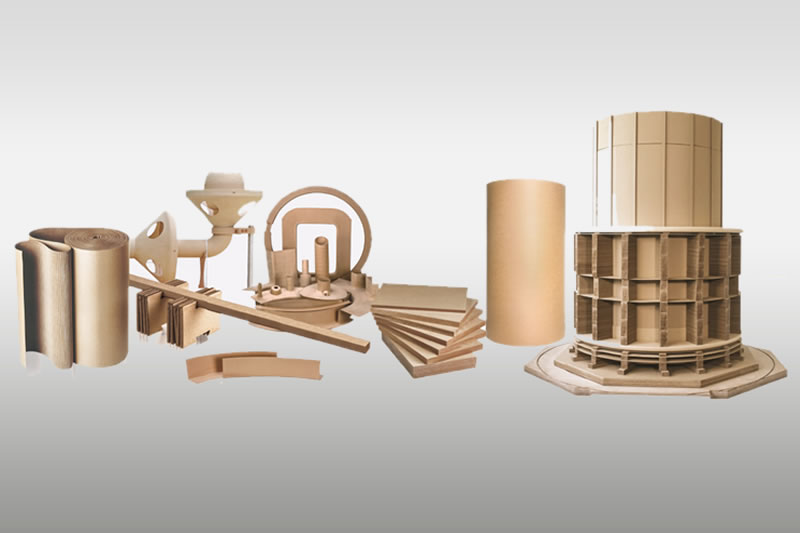What is the difference between a transformer and a substation?
As the core power of modern society, transformers and substations play a vital role in the transmission, distribution and use of electricity. Although both are closely related to the conversion and processing of electricity, their specific functions and characteristics are significantly different.
1. Definition and Function
Transformer
A transformer is a voltage conversion device whose core function is to convert one voltage into another. It works on the principle of electromagnetic induction and achieves voltage change by changing the current in the primary coil and the secondary coil. The main components of a transformer include the primary coil, the secondary coil and the iron core (or magnetic core).
Substation
Substation is a comprehensive power facility that includes high-voltage switchgear and low-voltage power distribution equipment in addition to transformers. Its main functions include voltage conversion, receiving and distributing electric energy, controlling the flow of power, and regulating voltage. Substations connect power grids of different voltage levels through their own transformers to ensure efficient power transmission. Substations can meet the needs of boosting and reducing voltage at various voltage levels, and can even perform AC-DC-AC conversion operations under certain circumstances.
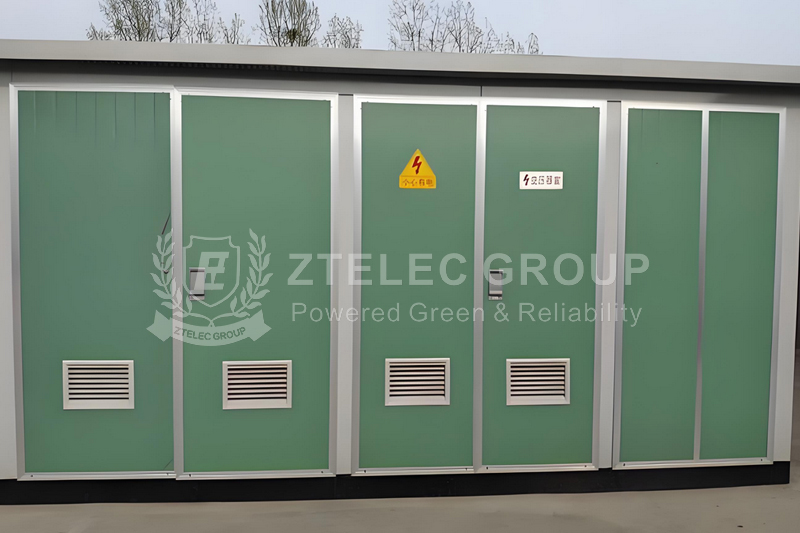
2. Structural differences
Transformer structure
The structure of the transformer is relatively simple, mainly consisting of iron core, winding, oil tank, cooling device and other parts. The iron core, as the magnetic circuit part of the transformer, is generally made of stacked silicon steel sheets to reduce hysteresis loss and eddy current loss. The winding belongs to the circuit part of the transformer, which is divided into high-voltage winding and low-voltage winding, and achieves voltage conversion through electromagnetic induction. The oil tank is used to hold transformer oil and has insulation and heat dissipation functions. The cooling device is used to dissipate the heat generated during the operation of the transformer to ensure that the transformer maintains normal operating temperature.
Substation structure
The structure of a substation is more complex. It is a complex composed of many equipment and buildings. In addition to transformers, substations also include primary equipment such as high-voltage switchgear, low-voltage switchgear, busbars, circuit breakers, disconnectors, transformers, lightning arresters, and secondary equipment such as relay protection devices, automatic devices, measuring instruments, and communication equipment. These devices are interconnected by cables and busbars to form a complex electrical system. In addition, substations also cover infrastructure such as buildings and structures for the installation and protection of equipment.
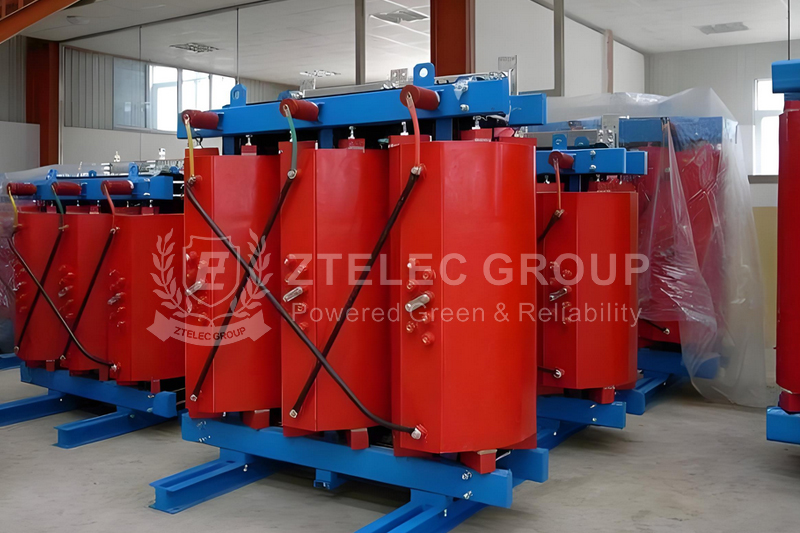
3. Differences in application scenarios
Transformer application scenarios
Transformers are widely used in all aspects of the power system. In power plants, step-up transformers increase the voltage generated by generators to facilitate long-distance transmission; in substations, transformers undertake voltage conversion and distribution tasks; in industrial enterprises and residential areas, step-down transformers reduce high voltages to low voltages suitable for electrical equipment. In addition, transformers are also used in some special electrical equipment such as welding machines and rectifiers.
Substation application scenarios
Substations are mainly set up at hubs and important nodes of the power system. For example, substations are required between power plants and transmission lines, at branch points of transmission lines, and at connection points of power grids of different voltage levels. Substations can collect, boost and distribute the electric energy generated by power plants, and then transmit it to various users through transmission lines. At the same time, substations can also monitor and control the operating status of the power system to ensure the safe and stable operation of the power system.
- more+releated article
- 2025-12-13G10 and FR4 Epoxy Boards: Commonly Used for Ge
- 2025-12-13Comparison of Heat-Resistant DDP Insulating Pa
- 2025-12-12Price of a 1600kVA 10kV Cast Resin Dry-Type Tr
- 2025-12-12How to Choose Epoxy Laminate Materials for Gen
- 2025-12-11Protection Configuration Principles for 35kV D
- 2025-12-11The Price of Heat-Resistant DDP Insulation Pap
- 2025-12-10Application Prospects of 10kV/35kV Oil-Immerse
- 2025-12-09How to Reduce the Maintenance Cost of Oil-Imme
- 2025-12-09How to Choose the Best 110 kV Oil-Immersed Pow
- 2025-12-08Heat-Resistant DDP Insulation Paper

